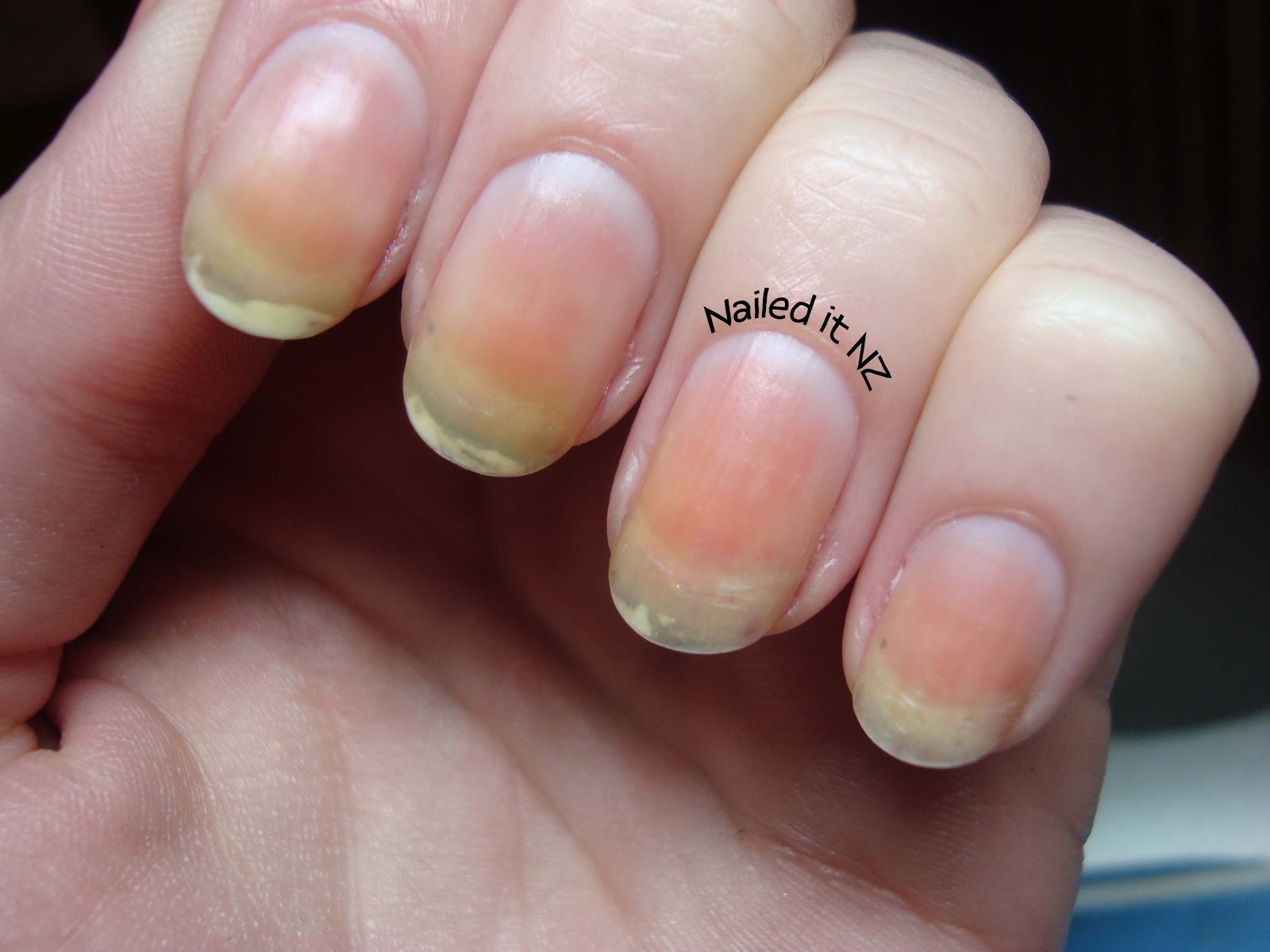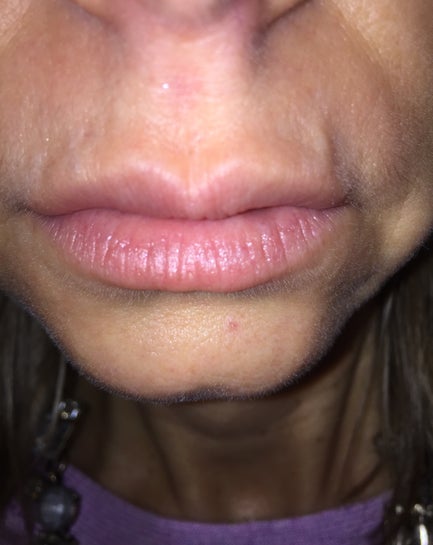How To Remove Plaque? Fast & Effective Kit

The accumulation of plaque on teeth is a common issue that can lead to various oral health problems, including cavities, gum disease, and bad breath. Removing plaque effectively is crucial for maintaining good oral hygiene and preventing these issues. In this comprehensive guide, we will delve into the world of plaque removal, exploring the causes, consequences, and most importantly, the solutions.
Understanding Plaque: The Silent Enemy of Oral Health

Plaque is a sticky, colorless film of bacteria that forms on teeth, particularly in areas that are difficult to reach, such as between teeth and along the gum line. It is made up of bacteria, food particles, and saliva. When plaque is not removed regularly, it can lead to the formation of tartar, a hardened deposit that can only be removed by a dental professional. The bacteria in plaque produce acids that can damage tooth enamel, causing cavities, and irritate the gums, leading to gingivitis and potentially more severe gum diseases if left untreated.
The Importance of Plaque Removal

Regular removal of plaque is essential for several reasons: - Prevention of Cavities: By removing plaque, you reduce the risk of cavity formation since the bacteria in plaque are responsible for acid production that damages tooth enamel. - Maintenance of Healthy Gums: Regular plaque removal helps in preventing gum diseases such as gingivitis and periodontitis, which can lead to more severe complications like tooth loss. - Fresh Breath: Plaque can cause bad breath (halitosis). Removing it helps in maintaining fresh breath and boosting confidence. - Prevents Tartar Build-up: Regular plaque removal reduces the risk of tartar formation, which is harder to remove and requires professional dental cleaning.
Effective Methods for Plaque Removal
1. Brushing Your Teeth
The most basic and essential step in removing plaque is brushing your teeth. It is recommended to brush at least twice a day, in the morning and before going to bed, using a fluoride toothpaste. The technique is as important as the frequency: - Use a soft-bristled toothbrush to avoid damaging your gums. - Brush all surfaces of your teeth in small circular motions. - Pay special attention to areas where your teeth and gums meet. - Use an electric toothbrush for more efficiency, especially for those with limited dexterity or for more thorough cleaning.
2. Interdental Cleaning
For areas between teeth, where a toothbrush cannot reach, interdental cleaning is necessary. This can be done with: - Floss: Wrap floss around your middle fingers, leaving about an inch or two of floss in between. Gently slide the floss between your teeth with a zig-zag motion, curving it around the base of each tooth in a “C” shape. Repeat for all teeth. - Interdental Brushes: These small, cone-shaped brushes are ideal for larger gaps between teeth. They come in various sizes, so pick the one that best fits the space between your teeth.
3. Mouthwash
Using a mouthwash can add an extra layer of protection against plaque. It can reach all areas of your mouth, including the back of your tongue and the roof of your mouth, where bacteria can accumulate. Look for a mouthwash that carries the American Dental Association (ADA) Seal of Acceptance, indicating it has met standards for safety and effectiveness.
4. Dental Cleaning
Even with regular brushing and interdental cleaning, plaque can sometimes harden into tartar, which requires professional removal. Regular dental check-ups, ideally every six months, are crucial for: - Professional Cleaning: A dentist or hygienist can remove tartar both above and below the gum line, where regular brushing can’t reach. - Early Detection of Problems: Regular check-ups can help in the early detection of oral health issues, allowing for prompt treatment.
Fast & Effective Kits for Plaque Removal
For those looking for an extra boost in their plaque removal regimen, there are various kits available on the market. These kits usually include a combination of products such as toothbrushes, interdental brushes, dental floss, and mouthwash, specifically designed to work together for more effective plaque removal. When choosing a kit, consider the following: - Quality of Components: Ensure the toothbrush and interdental brushes are gentle yet effective, the floss is durable, and the mouthwash is ADA-approved. - Ease of Use: Opt for a kit with components that are easy to use, even for those with less dexterity. - Customization: Some kits offer customizable options, such as different sizes of interdental brushes or flavored mouthwashes, which can enhance user experience.
Conclusion

Removing plaque effectively is a multi-step process that involves regular brushing, interdental cleaning, the use of mouthwash, and regular dental check-ups. By understanding the causes and consequences of plaque accumulation and adopting a comprehensive oral hygiene routine, individuals can significantly reduce their risk of oral health issues. Whether using a plaque removal kit or sticking to traditional methods, the key is consistency and thoroughness. Remember, a healthy smile is not just aesthetically pleasing; it’s also a sign of good overall health.
How often should I brush my teeth to prevent plaque buildup?
+It is recommended to brush your teeth at least twice a day, in the morning and before going to bed, to prevent plaque buildup and maintain good oral hygiene.
What is the difference between plaque and tartar?
+Plaque is a sticky film of bacteria that forms on teeth and can be removed with regular brushing and interdental cleaning. Tartar, on the other hand, is hardened plaque that can only be removed by a dental professional.
Can using a mouthwash replace brushing and flossing?
+No, using a mouthwash should be seen as an additional step in your oral hygiene routine, not a replacement for brushing and flossing. Mouthwash can reach areas that brushing and flossing might miss, but it does not remove plaque and food particles as effectively as these methods.


